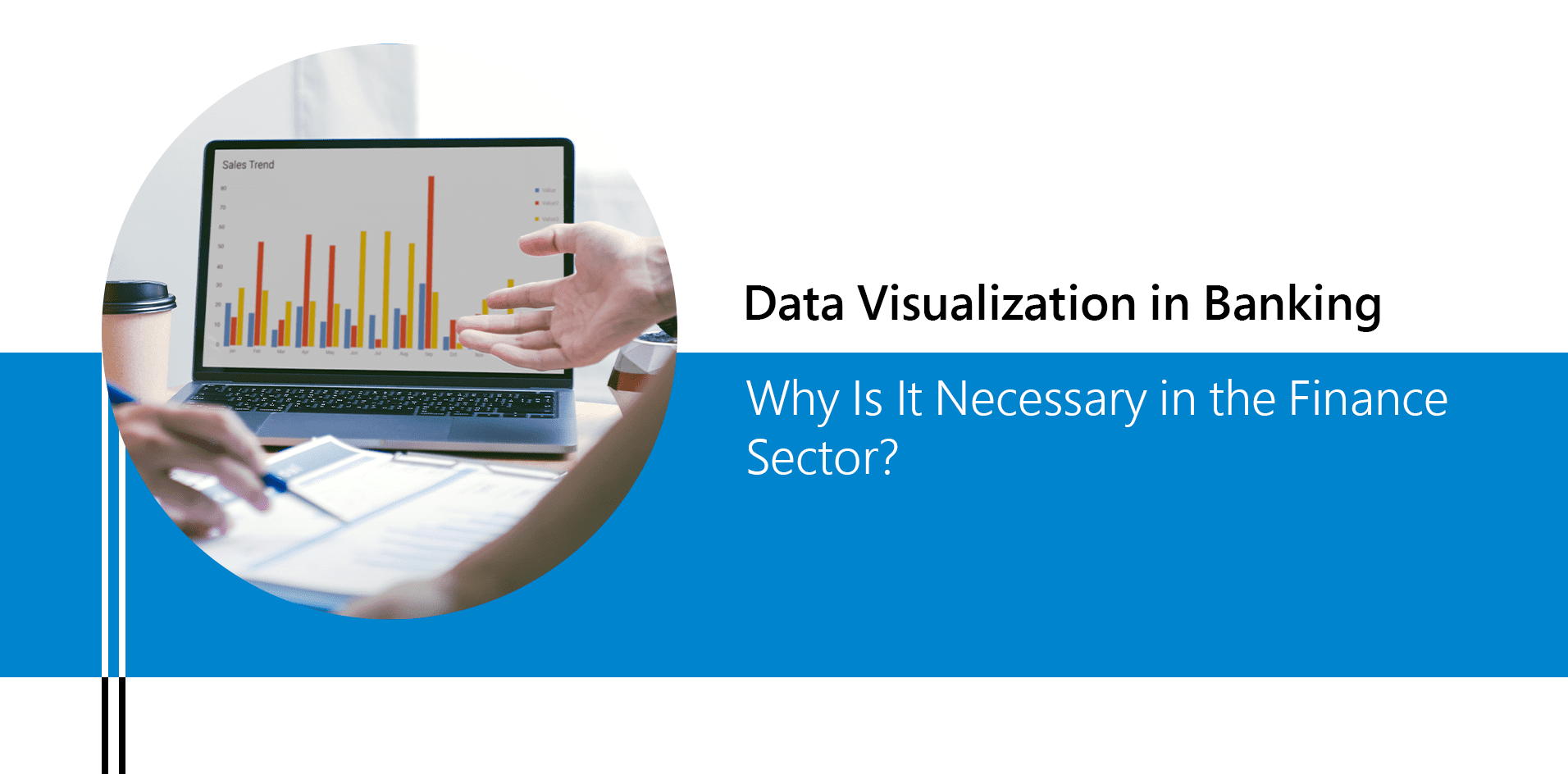
Do you want to harness the full potential of enormous financial data and boost efficiency in banking? Large data is continuously generated in the banking and financial sector that is unorganized, like customer details, interest rates, home loans, insurance entries, transaction patterns, etc.
Therefore, banks are looking for dedicated analysis tools to use these unorganized data productively and make improved decisions.
Difference Between Traditional And Modern Banking Methods
Let us imagine a situation where financial sectors used traditional methods to operate various banking operations.
They have used excel sheets, physical documents, and papers for collecting the customer’s data. In these traditional brick-and-mortar tools, it takes a long-time to organize, analyze and plan these financial data and make profitable decisions. Besides, these data are also complex and challenging to understand for banks.
You’re moving with the times, and so should your bank. Find out what your bank can do for you by contacting them, like calling the bank of america toll-free number.
Nowadays, technological development introduces data visualization tools that will act as efficient IT services for the finance industry. For this purpose, Microsoft has introduced a dedicated tool to resolve and remove these traditional financial data management issues through Power BI. Moreover, Power BI is used by various banks and financial sectors to generate visual dashboards and interactive graphs through organized data.
Here, we will provide you with the primary idea of utilizing data visualization with Power BI in banking.
How is data visualization helpful in the growth of the banking sector?
Data visualization means the graphical representation of the organized data is easy to understand compared to the blocks of texts. So, banks generate big data in real-time, so data visualization is utilized to extract valuable information and convert it into interactive and understandable dashboards.
Moreover, the visual graphs and representation of large data sets allow analysts to visualize and understand new patterns and concepts for making profitable decisions. Nowadays, various banks, financial institutions, and businesses generate valuable information that needs to be appropriately organized, managed, and streamlined.
There are various tools to visualize the big data and make them interactive, like a dashboard, infographics, charts, graphs, maps, videos, slides, etc. So, many power BI developers utilize these mediums to convert these unorganized data into an organized manner for better visualization.
Decision-makers use these visual data to extract the necessary information and make informed profitable decisions.
Data analysis becomes quick and easy
In-depth financial report analysis helps banks and financial institutions focus on the areas that require attention. So, numerous visual mediums generated through different data visualization tools help financial data analysts to understand the primary points necessary for making a profit.
For example, visual data in the form of sales reports and marketing strategies will boost the profit levels in banks through better analysis and informed decisions.
Precise Decision Making
According to scientific research, it is found that humans process and understands visual information better than tedious tables, texts, and reports. So, data visualization tools help communicate data well so that decision-makers can quickly act based on the new data insights, precise and accurate decision-making for the growth of financial sectors.
Constructive use of complex and complicated data
There are dedicated data visualization tools and IT solutions for the financial & banking sectors to help gain insight into the big financial data.
Besides, the visual information benefits these organizations in recognizing new patterns and errors in the data. Therefore, the constructive use of this information helps to eliminate issues and drives the financial sectors ahead toward large profits.
Why Should Finance Sector Use Power BI In Their Operations?
The fundamental reason to use Power BI in banks is to generate visual dashboards for quickly understanding big data and making risk-free informed business decisions. Also, Power BI has been used chiefly as a data visualization tool in banking.
Financial fraud pattern detection in advance
Financial fraud is the biggest problem bank faces in this advanced technological world. Hence, they can generate visual reports with Power BI solutions that detect new patterns of fraud and helps in building financial risk management solutions.
However, these reports provide the necessary information to the bank employee to minimize the risk of fraudulent transactions and prevent them from occurring. So, Power BI offers separate dashboards for fraud detection and risk management for banks.
Centralized data collaboration
Power BI developers generate visual dashboards and interactive reports so they will get shared with all the employees in the bank. In this manner, it can circulate the information between teams, departments, and employees to understand financial processes better.
Therefore, it signifies and simplifies the collaboration and data sharing within the bank. Different teams from various branches can collaborate on the same report irrespective of their locations.
Intuitive and interactive visualizations
The dashboard of Microsoft Power BI offers sensitive features and delivers interactive insights in real-time. It provides customizable dashboards to create multiple versions of data to focus on various KPIs for the bank.
Try Power BI Integration Into Bank For Making Informed Decisions?
Data visualization and understanding big financial data are essential for banks to make informed decisions. However, Power BI will act as the automated business intelligence tool for the bank. So, you can take appropriate guidance from Microsoft Power BI consultants so that bank can process, collect, analyze, and represent data in real-time.

Author Bio: Michael Donald is a senior IT Consultant at leading Power BI development service provider, Bitscape. I have unified experience in adding values to the existing technological architecture of various businesses. During my professional journey, I have tackled a wide range of challenges and have built the ability to work through challenging issues for any industry.








